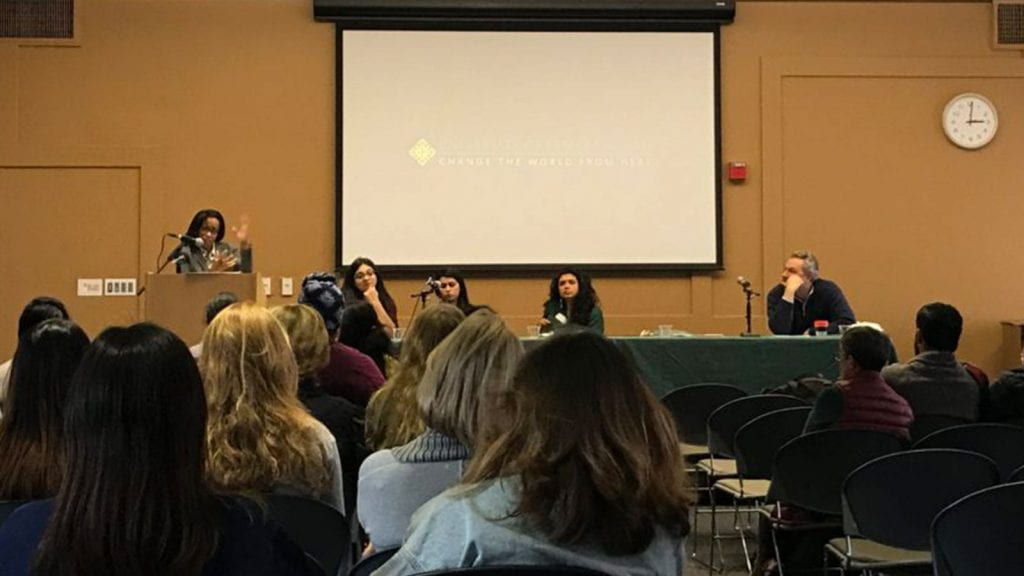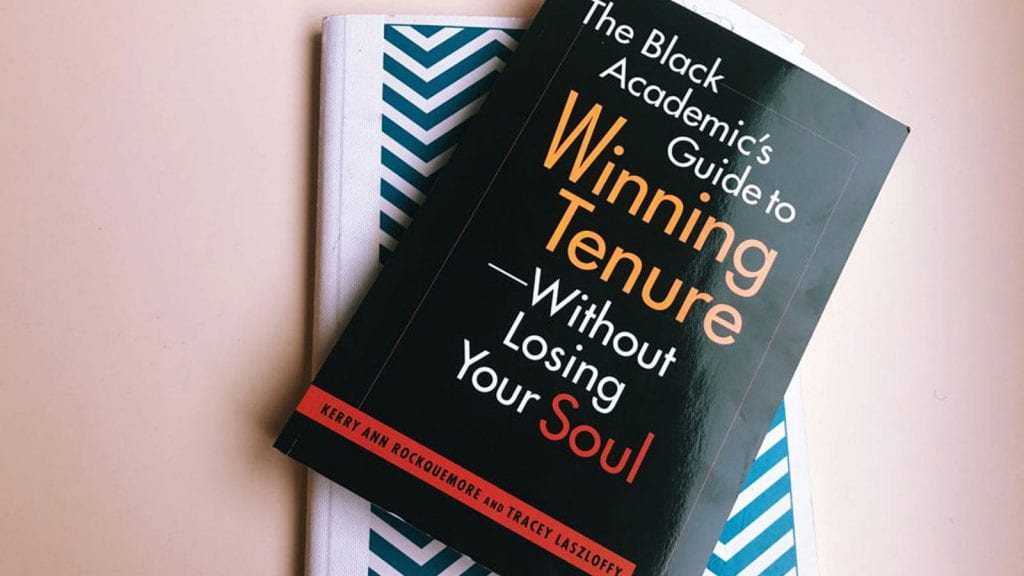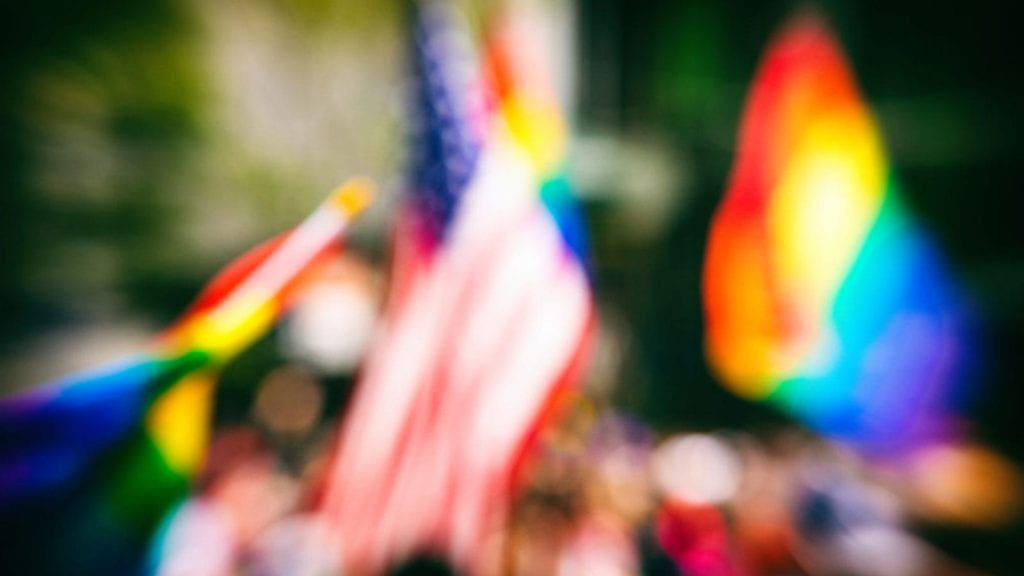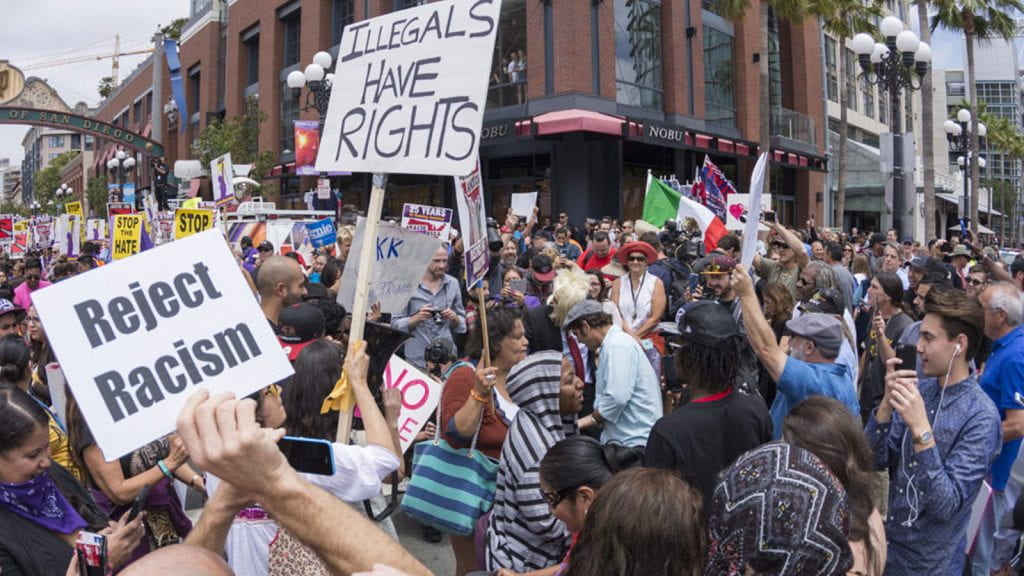Ben Levy’s research focuses on how people remember and why they forget. During our conversation, we talked about studying habits and his own experience learning basketball skills.
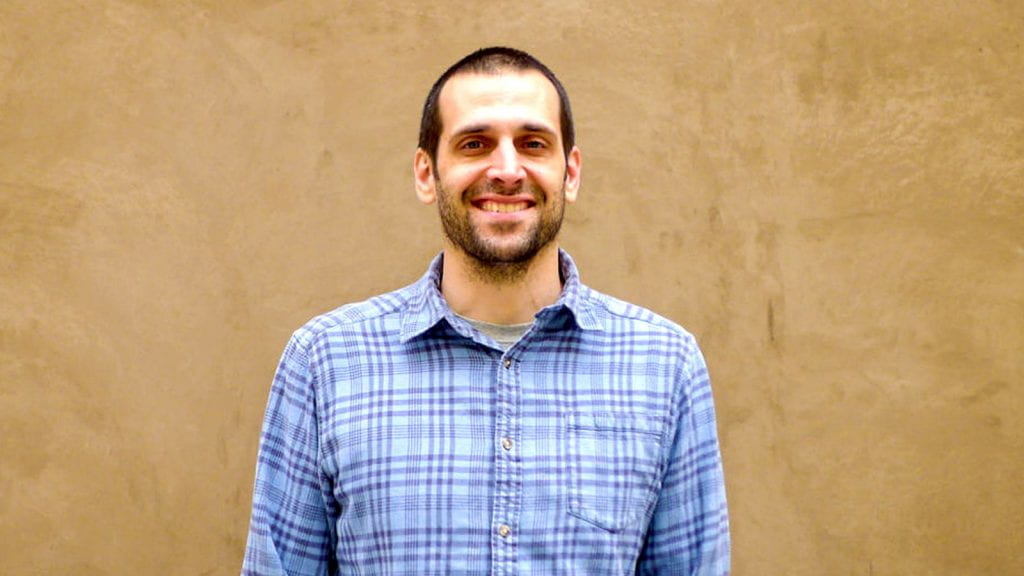
How did you first get interested in research?
As an undergrad I knew that I was interested in psychology, but at first I wasn’t sure what I actually wanted to do. At the end of my sophomore year I took a class on learning and memory just because it filled a requirement. I didn’t have any expectations for the class, but I really connected with the professor and the ideas. I approached him at the end of the semester about research opportunities, and I was fortunate that he gave me a position in his lab. His research was focused on the distinction between two different forms of memory that we call familiarity and recollection. When you recollect an experience you can provide details about when and where something happened, but a memory can also be familiar where you are confident you know the thing but you cannot recall those specific details. For example, imagine recognizing the face of a person walking past you on campus. You might recollect that you know the person from your Biological Psychology class and even where they sit in the room and who they normally talk to before class. Or you might simply find the face familiar where you are positive you know them, but you’re not sure how. I found this distinction fascinating and I spent my first few years in research exploring how these types of memory are different.
How has your research evolved over time?
In graduate school, I worked with a professor who also studies memory, but he was interested in why we forget. One big idea from that research is that while we generally think of forgetting as a bad thing, sometimes it can actually be adaptive or useful. In fact, in many instances forgetting is our goal and would be hard to function effectively if you couldn’t forget. As I progressed in research I also became interested in neuroscience, so I developed expertise in methods like functional magnetic resonance imaging and transcranial magnetic stimulation. These methods allow us to identify how these behavioral processes occur in the brain, which helps us better understand those behaviors.
How has your research translated in your own personal life?
I’d honestly never thought about memory much before I took that class as an undergrad, but once I did I quickly realized that memory is critical to virtually all aspects of our behavior. Even others areas of psychology that seem very different, like personality psychology, depend on memory. A big part of how you know about your own personality is based on your ability to remember things that you’ve done in the past. I started to realize how fundamentally integrated memory is into everything we do.
Is there a personal interest that you have with forgetting?
Once you start to specialize in something, you see that in everything you do. It obviously had big implications for my life as a student, but I also saw connections to things I liked to do outside the classroom, like playing basketball. So I try think about these principles of learning and memory now in all aspects of my life. For example, how do they affect my ability to acquire a new skill like becoming a better basketball player? Sadly, being aware of these things doesn’t always instantly solve your problems, though. I give my students advice on how to do study more efficiently but then I don’t always apply these same rules to myself when I’m learning a new skill.
How does your research impact your teaching?
In my Learning and Memory class, I talk a lot about study strategies and how students often use strategies that we know are pretty inefficient. Students are fairly resistant to these ideas early in college, because they feel comfortable with the way they’ve been studying and they’ve usually experienced success with their approach. That means it can be a little bit of a challenge to convince them that there are other more effective strategies they could use. When I teach students as juniors or seniors in my Learning and Memory class, the first comment that I get from my students is “I wish I knew this when I was a freshmen.”
Based on those kinds of comments we are now conducting a research project to see if exposure to these ideas about how to study effectively could help younger students perform better in their classes. We’re doing it through USF 101, a course for freshmen students to get acclimated to USF. Each week, they talk about different topics like study skills, ethical behavior, and many other aspects of life at USF. As one small part of that, we’re incorporating information about how to study more efficiently.
As one example, a popular strategy for getting ready for a test is to look over the class notes again or re-read a textbook chapter. Essentially, every psychological study that has been done on this approach says that this is a total waste of time. It is important to read the textbook in the first place, to show up in class and listen, and to see those slides, but doing those things a second time adds no benefit over the first exposure. It doesn’t hurt your performance, but it is basically a waste of your time, despite the fact that most students believe that this is a very effective strategy. We’re trying to make them realize that their beliefs about study strategies can be mistaken and then we try to suggest more efficient ways of studying.
What are more efficient ways to study?
They’re not that surprising or different—things like using flash cards or quizzing yourself. I think the critical distinction is between being an active versus a passive learner. Rather than looking at your notes or re-reading the textbook, which is a passive way of trying to receive the material again, what you should do is actively try to make yourself remember the material. Trying to reconstruct something from memory can feel frustrating in that moment when you are studying, but if you adopt that approach you’ll find that in much less time you can get just as good as results.
What do you see as your role as a researcher and a mentor?
I think the main job of any good researcher is just to be curious. I want to understand how people behave and how they remember. I want to know if there are better ways to approach studying for school or to become a better basketball player. In science one of the best ways to make you understand how something works is to try to change it. So I try to follow my curiosity to figure out how memory works and then I want to use that understanding to help people learn more successfully.
As a mentor my job is to help my students develop their own ideas and interests. Being a mentor is one of my favorite parts of my life at USF and I really enjoy the fact that I am privileged to watch my undergraduate research assistants grow over the time that they’re in the lab. I get to see them progress through different stages as a researcher and come to a deeper understanding of psychology and of their own interests and passions.
I think part of the reason I value mentoring students so much is that I personally really enjoyed this period of my life. You start undergrad sampling from lots of different ideas and broadening your horizons, but you also start to triangulate in on the things you really care about. And those interests often develop into careers and lifelong passions. For me the moment I joined that lab and starting getting research experience, I found something to anchor my interests and something that felt bigger and more rewarding than just taking a series of courses. I found the experience very fulfilling, and I want to provide the same kind of experience to my students.
What are some of the questions and hypotheses that you are thinking about for your research?
Some things are these intervention questions—can we use the kind of things we have learned from cognitive psychology to help students study more effectively? I want to see if I teach students about the importance of doing retrieval practice rather than extra exposures, could that end up having a positive outcome for students?
Students have a set of skills they’ve developed and they feel very attached to those skills. Part of the challenge of being the teacher is learning how they think about things. What is their model and how do you get them to let go of some things that are not as effective? How do you help them to revise their habits? It’s a real challenge to the teacher.
What lessons do you want to impart to your students?
One of the ones my students always laugh about in lab meetings is my personal crusade to have them pay attention to graphs and data. In psychology, a lot of students prefer the format where you are told a fact—the amygdala is responsible for emotion, this high level statement. When they go to read papers they want to read the abstract or the introduction where it’s all laid out. I think the heart of science is about understanding data and understanding how data support or challenge a theory. I try to train them to go right to the method and results section to understand what the researchers actually did and what they found. More broadly, though, I want my students to become deeper and more careful thinkers. I want to challenge them and get them to think really critically about an idea. If I can do that, I feel like I’ve helped them.

 This is from the preamble, and note which clause came first in the mind of our founding fathers – to promote the progress of science and useful arts in our new country. Kyle Courtney, the Copyright Advisor for Harvard University, notes that copyright law, and the fair use doctrine in particular, works together with the first amendment that “Congress shall make no law abridging the freedom of speech or freedom or press” as a supplement to the Constitution, “to prevent our new government from becoming a tyranny…connected with the fundamental belief that open and informed discussion of current events promotes stability and the general security of the nation.”
This is from the preamble, and note which clause came first in the mind of our founding fathers – to promote the progress of science and useful arts in our new country. Kyle Courtney, the Copyright Advisor for Harvard University, notes that copyright law, and the fair use doctrine in particular, works together with the first amendment that “Congress shall make no law abridging the freedom of speech or freedom or press” as a supplement to the Constitution, “to prevent our new government from becoming a tyranny…connected with the fundamental belief that open and informed discussion of current events promotes stability and the general security of the nation.”
